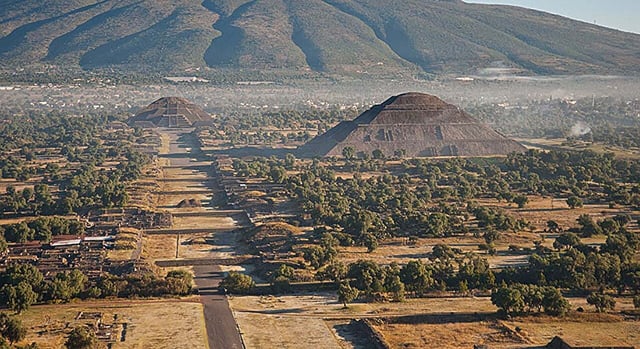Overview
- University of Copenhagen researchers Magnus Pharao Hansen and Christopher Helmke argue that Teotihuacan’s murals and pottery record an early Uto‑Aztecan language ancestral to Nahuatl, Cora, and Huichol.
- The authors reconstruct an earlier stage of Nahuatl and apply rebus principles, phonetic values, and a proposed “double‑spelling” convention to read select glyphs.
- The paper, titled “The Language of Teotihuacan Writing,” appears in Current Anthropology and positions its decipherment as provisional.
- The surviving corpus is small and fragmentary, so the team emphasizes the need for additional murals and inscribed artifacts to corroborate their readings.
- If validated, the proposal would place Nahuatl‑speaking populations in central Mexico earlier than commonly thought and could clarify links between Teotihuacan and later cultures.

